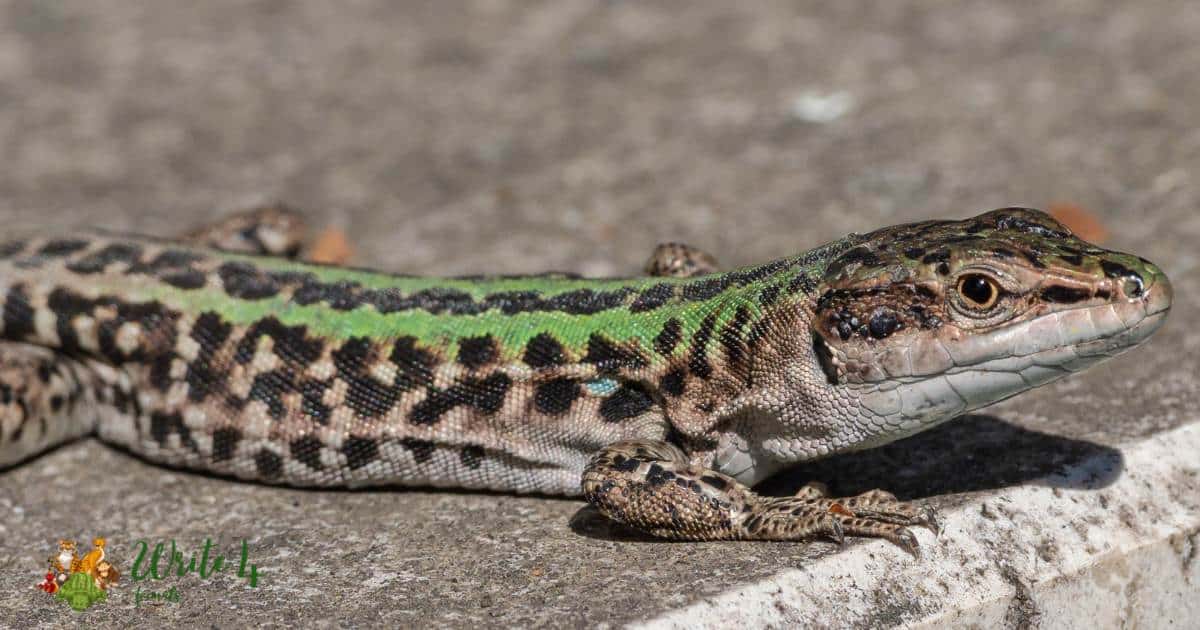Italy, renowned for its rich history, stunning landscapes, and mouthwatering cuisine, is also home to a diverse array of wildlife. From the majestic Italian wolf to the charming Italian tree frog, the country boasts a fascinating mix of creatures that inhabit its varied ecosystems. Let’s embark on a journey to explore 15 Italian animals that contribute to the country’s natural heritage.
15 Italian animals | Animal of italy
1. Italian Wolf (Lupo Italiano)
The Italian wolf, a subspecies of the gray wolf, is an integral part of Italy’s ecosystems. With its distinctive howls echoing through the mountains of central and southern Italy, the Italian wolf plays a crucial role in regulating prey populations, maintaining ecosystem balance, and preserving biodiversity.

Despite facing historical persecution and habitat loss, conservation efforts have led to a gradual recovery of wolf populations in certain regions.
However, challenges such as human-wildlife conflict and habitat fragmentation persist, highlighting the need for continued conservation initiatives to ensure the long-term survival of this iconic Italian animal.
2. Mediterranean Monk Seal (Foca Monaca Mediterranea)
The Mediterranean monk seal, also known as the monk seal of Italy, is a rare marine mammal that inhabits the coastal waters surrounding Italy, particularly in the regions of Sardinia and Sicily.
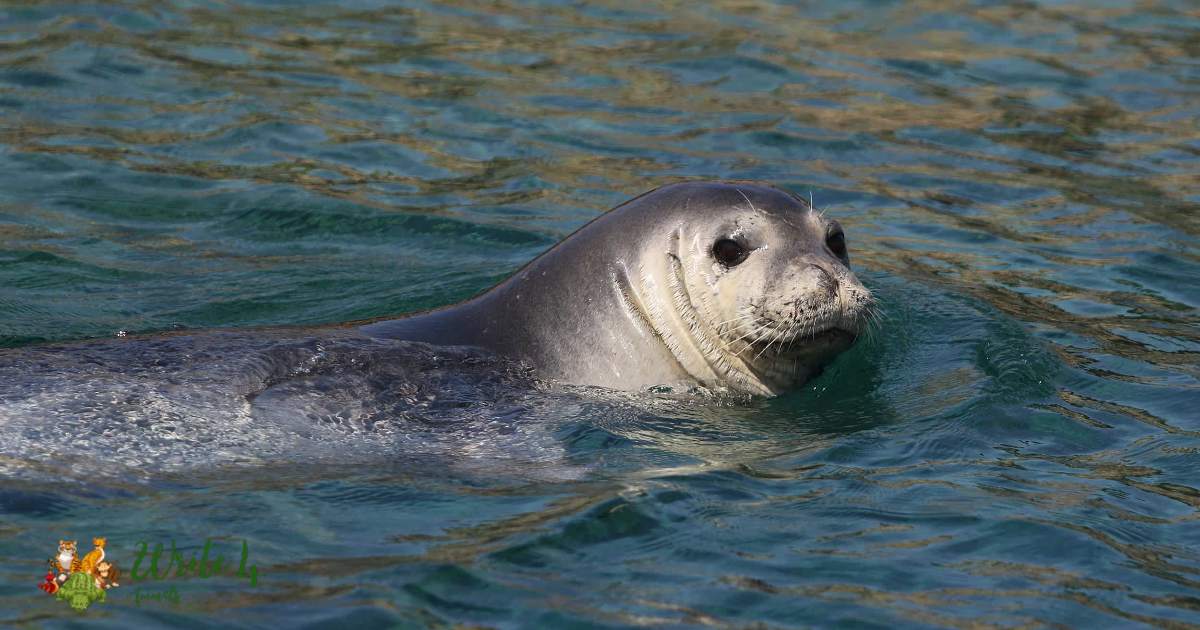
As one of the most endangered marine mammals globally, the Mediterranean monk seal faces numerous threats, including habitat degradation, overfishing, and human disturbance.
Conservation efforts focused on habitat protection, marine litter reduction, and public awareness are essential for safeguarding the future of this iconic Italian animal.
3. Italian Sparrow (Passera Italiana)
The Italian sparrow, a subspecies of the house sparrow, is a familiar sight in urban, suburban, and rural areas across Italy. With its distinctive brown plumage and cheerful chirps, the Italian sparrow adds charm to Italy’s cityscapes and countryside.
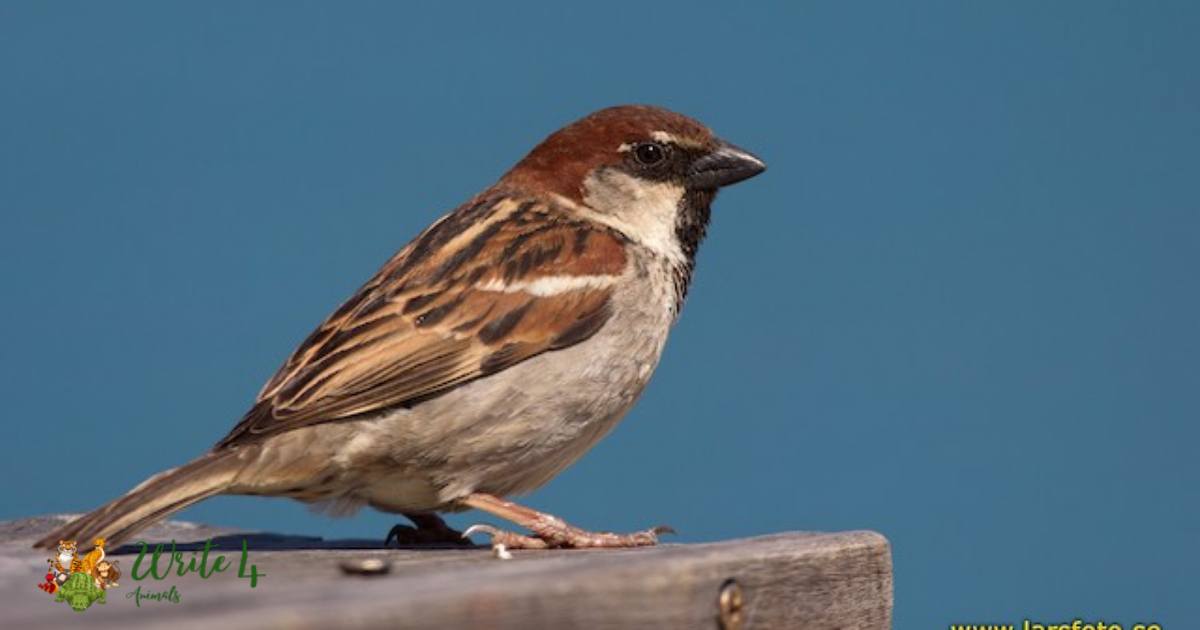
Despite its adaptability to human-modified landscapes, the Italian sparrow faces challenges such as habitat loss, pesticide exposure, and competition with invasive species.
Conservation measures such as providing nesting sites, promoting organic farming practices, and raising awareness about the importance of urban biodiversity are crucial for ensuring the continued presence of this beloved italy animals.
4. Sardinian Long-Eared Bat
Endemic to the island of Sardinia, the Sardinian long-eared bat is a nocturnal mammal with distinctive large ears and a wingspan of up to 30 centimeters.
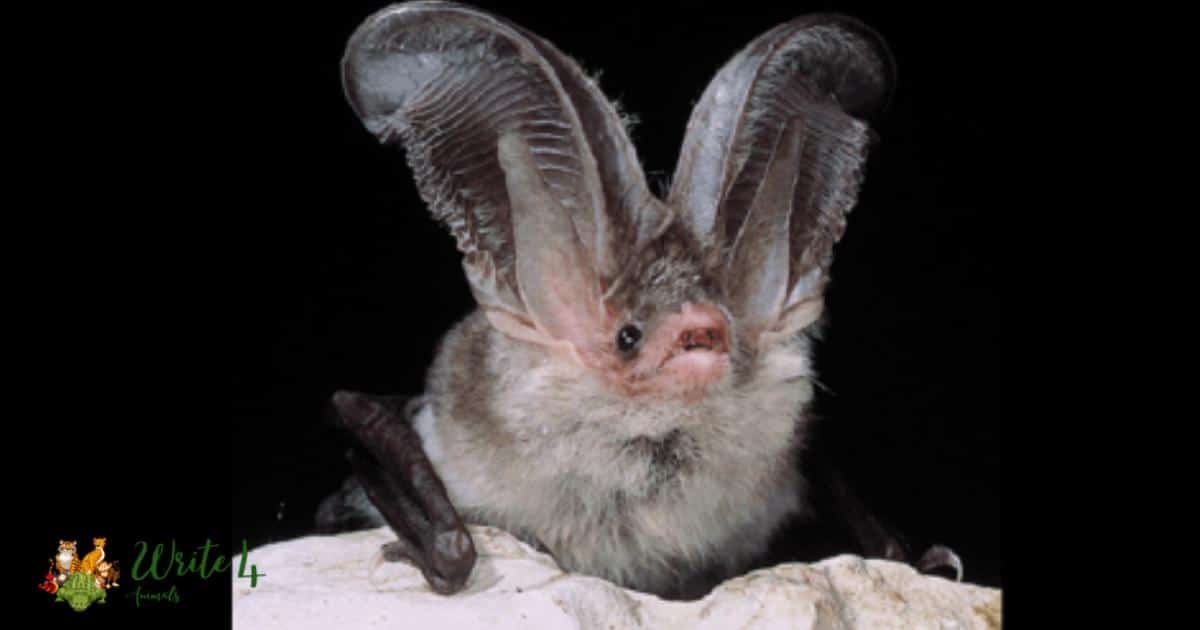
Roosting in caves, abandoned buildings, and rocky crevices, these bats play a vital role in controlling insect populations, including agricultural pests and disease vectors. Despite their ecological importance, Sardinian long-eared bats face threats from habitat destruction, disturbance at roosting sites, and pesticide exposure.
Conservation efforts focused on habitat preservation, artificial roost creation, and public education are essential for ensuring the long-term survival of this unique Italian animal.
5. Alpine Ibex (Stambecco delle Alpi)
The Alpine ibex, a symbol of resilience in Italy’s alpine regions, is a species of wild goat well adapted to rugged mountain terrain. With its distinctive curved horns and nimble agility, the Alpine ibex navigates steep cliffs and rocky slopes with ease.
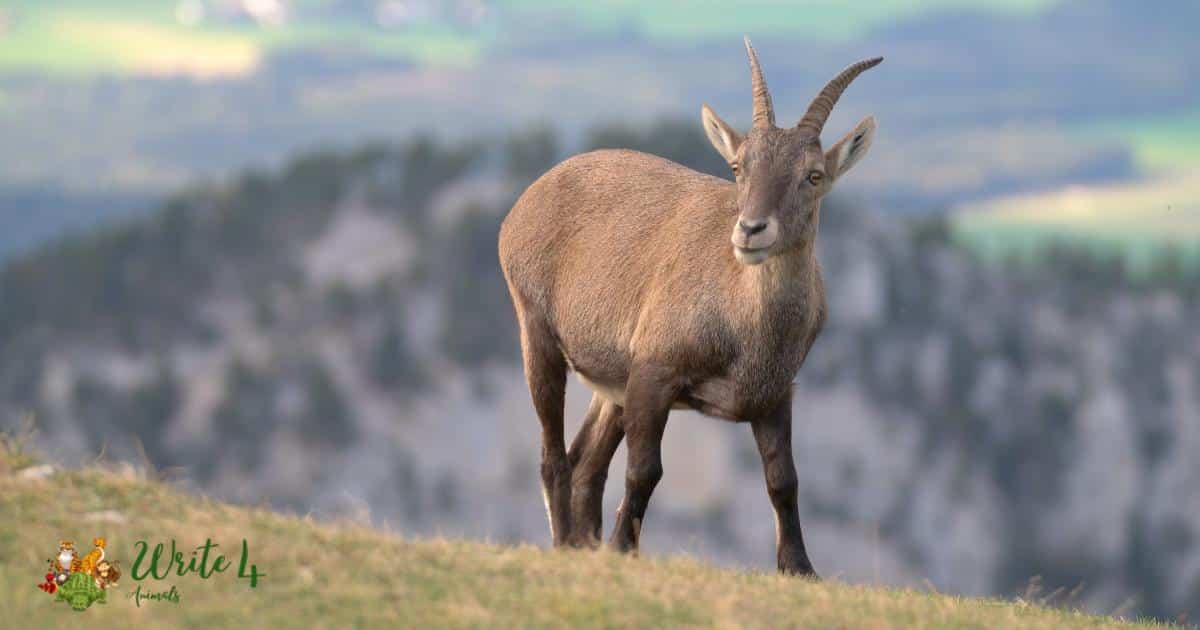
Despite facing historical population declines due to overhunting and habitat loss, conservation efforts have led to successful reintroductions and population recoveries in protected areas across Italy.
However, ongoing threats such as habitat fragmentation and climate change pose challenges to the long-term survival of this iconic Italian animal. Conservation measures including habitat connectivity restoration, sustainable hunting practices, and community engagement are essential for ensuring the continued presence of the Alpine ibex in Italy’s alpine ecosystems.
6. Italian Wall Lizard (Lucertola Muraiola Italiana)
The Italian wall lizard, with its vibrant coloration and agile movements, is a common reptile found throughout Italy. Often observed basking in the sun on stone walls, rocky outcrops, and urban structures, these lizards are well adapted to diverse habitats ranging from coastal areas to mountainous regions.
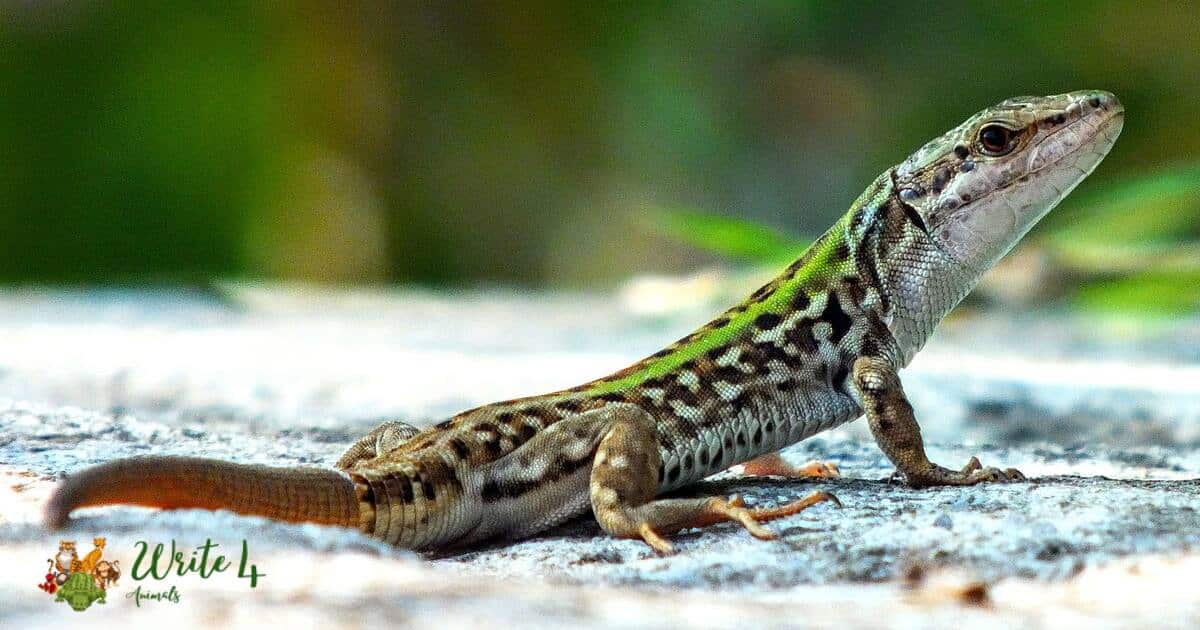
Despite their abundance, Italian wall lizards face threats from habitat degradation, predation by invasive species, and illegal collection for the pet trade.
Conservation efforts focused on habitat restoration, invasive species management, and public education are crucial for ensuring the continued presence of this charismatic Italian animal in the wild.
7. Italian Crested Newt (Tritone Italiano)
The Italian crested newt, with its striking black and orange coloration, is a species of amphibian endemic to Italy’s freshwater habitats. Often found in ponds, lakes, and slow-moving streams, these newts play a vital role in aquatic ecosystems as both predators and prey.
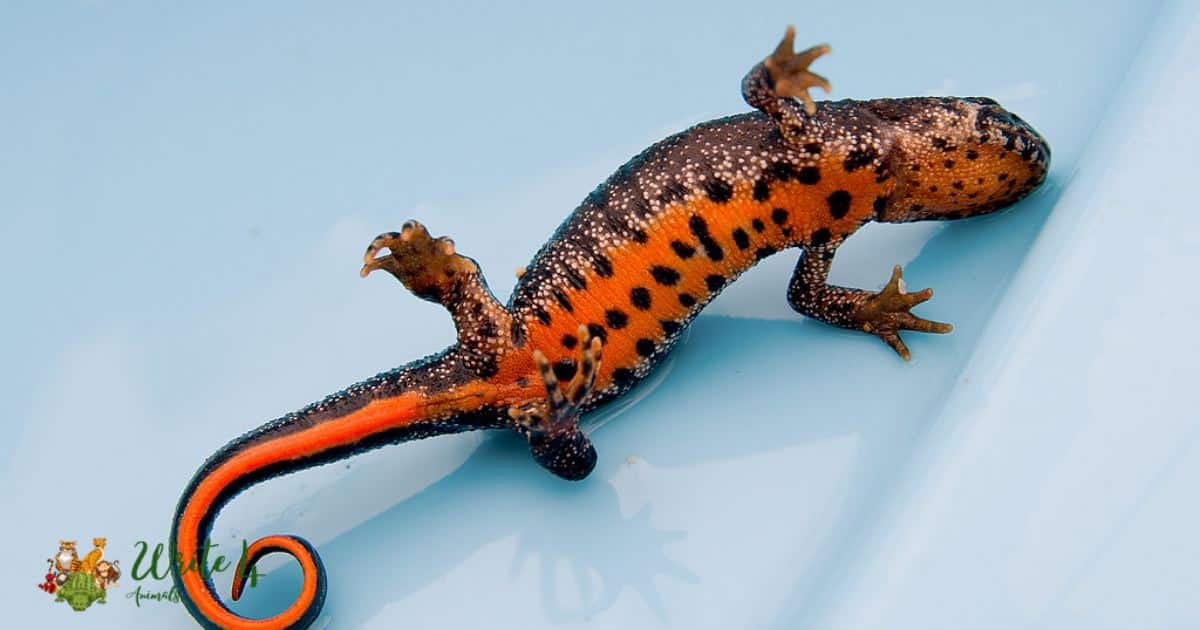
Despite their ecological importance, Italian crested newts face threats from habitat destruction, pollution, and invasive species.
Conservation efforts aimed at habitat preservation, water quality improvement, and captive breeding programs are essential for safeguarding the future of this unique Italian animal.
8. Apennine Chamois (Camoscio Appenninico)
The Apennine chamois, native to the rugged mountains of central Italy, is a species of goat-antelope well adapted to alpine environments. With its agile movements and keen senses, the Apennine chamois navigates steep cliffs and rocky slopes with ease.
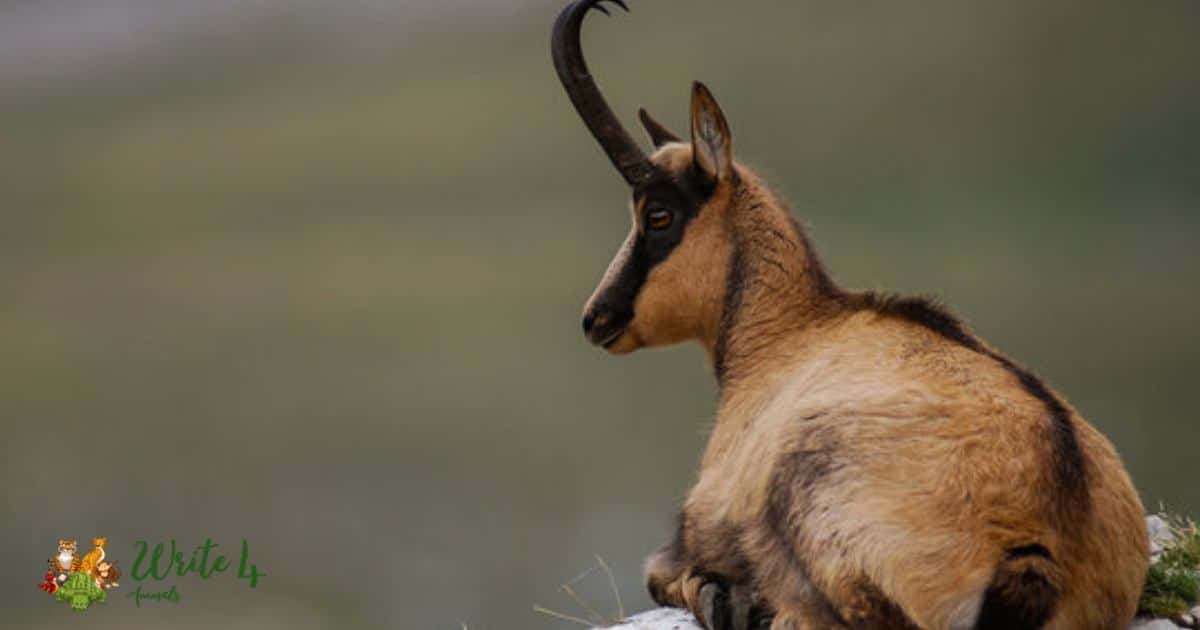
Despite historical population declines due to overhunting and habitat loss, conservation efforts have led to successful population recoveries in protected areas across the Apennines. However, ongoing threats such as habitat fragmentation and climate change pose challenges to the long-term survival of this iconic Italian animal.
Conservation measures including habitat restoration, population monitoring, and community involvement are essential for ensuring the continued presence of the Apennine chamois in Italy’s mountainous landscapes.
9. Italian Tree Frog (Raganella Italiana)
The Italian tree frog, with its vibrant green coloration and melodic calls, is a species of amphibian found in Italy’s wetlands and woodlands. Known for its arboreal lifestyle, these frogs are often observed climbing vegetation near water bodies in search of prey.
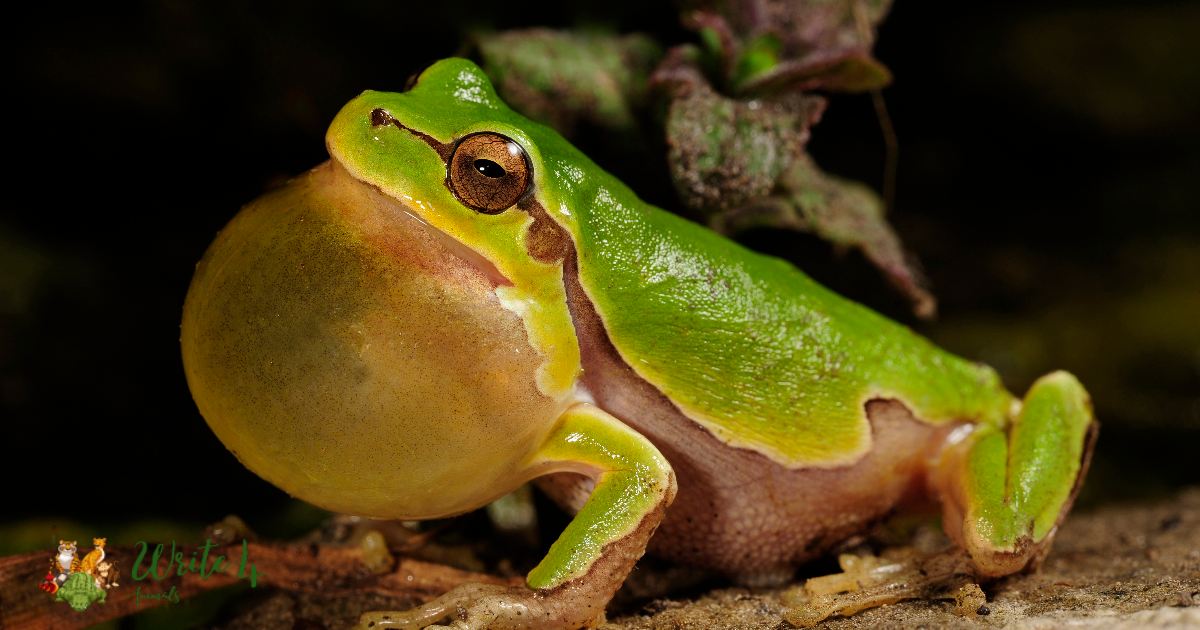
Despite their abundance, Italian tree frogs face threats from habitat loss, pollution, and climate change.
Conservation efforts focused on habitat preservation, water quality management, and public awareness are crucial for ensuring the continued presence of this enchanting animal of italy in its natural habitat.
10. Italian Agile Frog (Rana Agile Italiana)
The Italian agile frog, characterized by its smooth olive-green skin and nocturnal habits, is a species of amphibian found in Italy’s freshwater habitats.
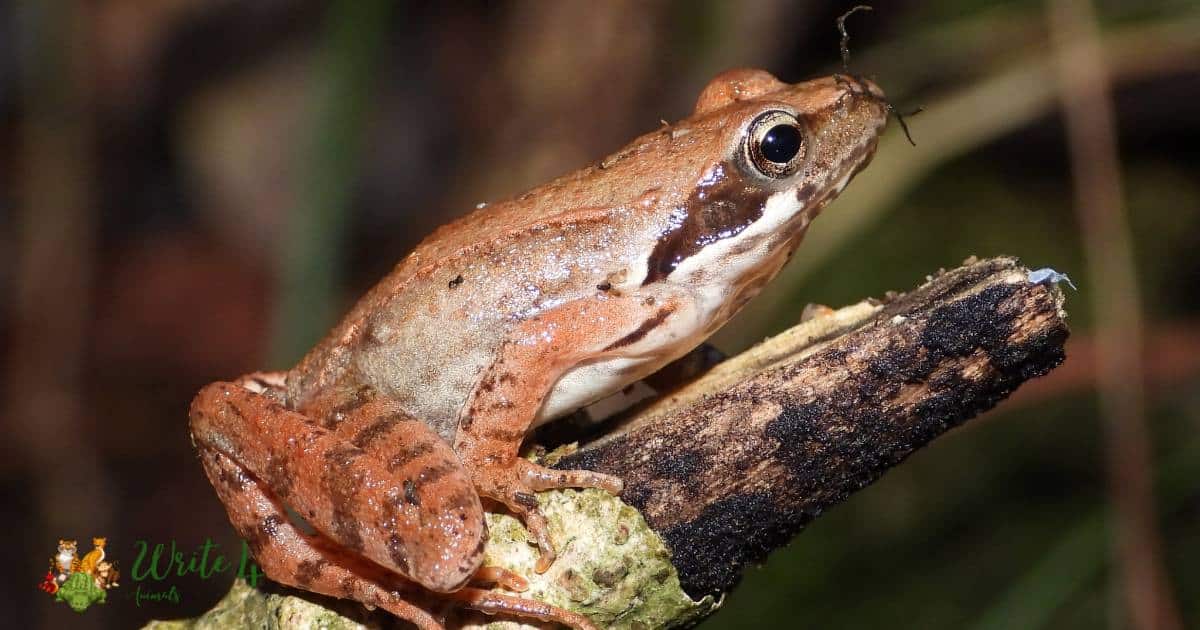
Often observed in ponds, marshes, and slow-moving streams, these frogs play a vital role in controlling insect populations and serving as indicators of environmental health.
Despite their ecological importance, Italian agile frogs face threats from habitat degradation, pollution, and invasive species. Conservation efforts aimed at habitat restoration, water quality improvement, and population monitoring are essential for safeguarding the future of this iconic Italian animal.
11. Italian Mantis (Mantide Italiana)
The Italian mantis, with its elongated body and formidable forelegs, is a fascinating predator of insects and other small prey. Found in gardens, fields, and forests across Italy, these mantises play a crucial role in controlling pest populations and maintaining ecological balance.
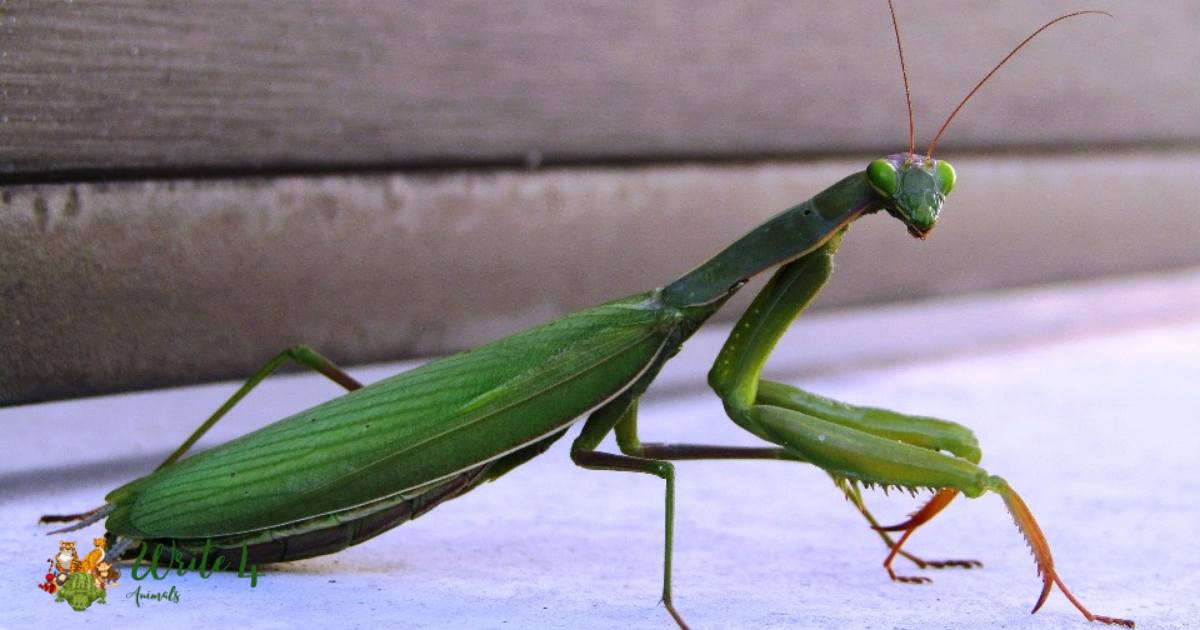
Despite their beneficial role in ecosystems, Italian mantises face threats from habitat loss, pesticide exposure, and climate change.
Conservation efforts focused on habitat preservation, pesticide reduction, and public education are essential for ensuring the continued presence of this remarkable Italian animal in the wild.
12. Italian Marbled Polecat
The Italian marbled polecat, with its striking black and white fur pattern, is a rare and elusive carnivore found in Italy’s grasslands and woodlands.
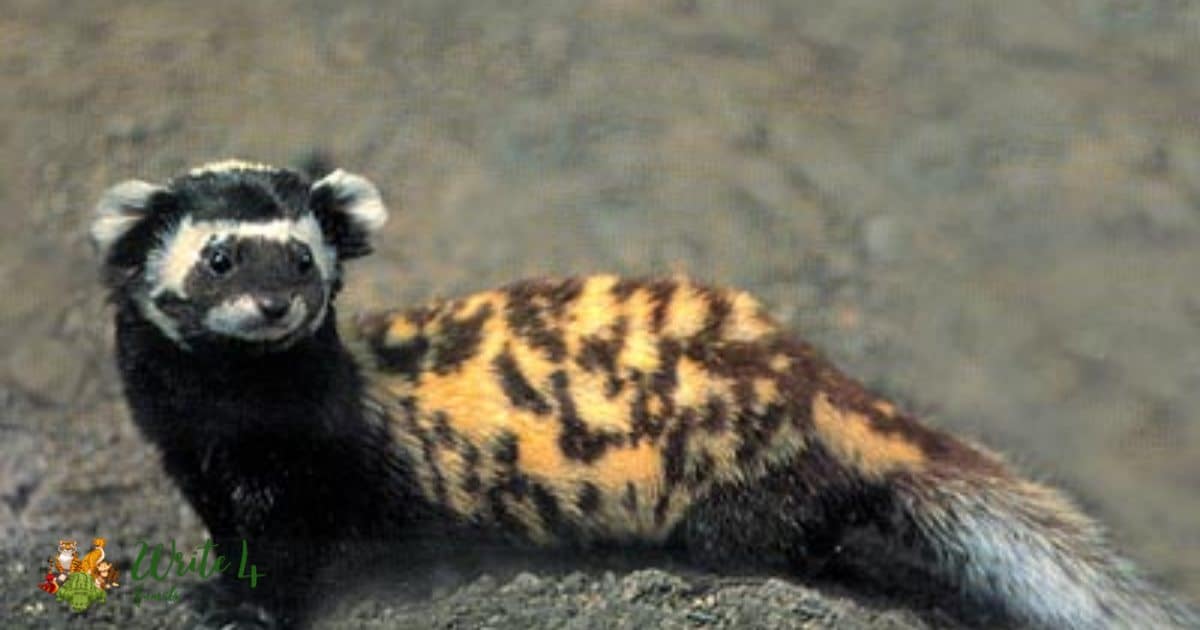
Despite their nocturnal habits and secretive nature, these polecats play a vital role in controlling rodent populations and maintaining ecosystem balance.
However, they face threats from habitat loss, road mortality, and illegal hunting. Conservation efforts focused on habitat protection, wildlife corridors establishment, and public education are crucial for ensuring the continued presence of this enigmatic Italian animal in the wild.
13. Sicilian Noctule (Nottola di Leisler Siciliana)
Endemic to the island of Sicily, the Sicilian noctule is one of Europe’s largest bat species. Roosting in caves, old buildings, and tree hollows, these nocturnal creatures play a vital role in pollination and insect control in Sicily’s diverse landscapes.
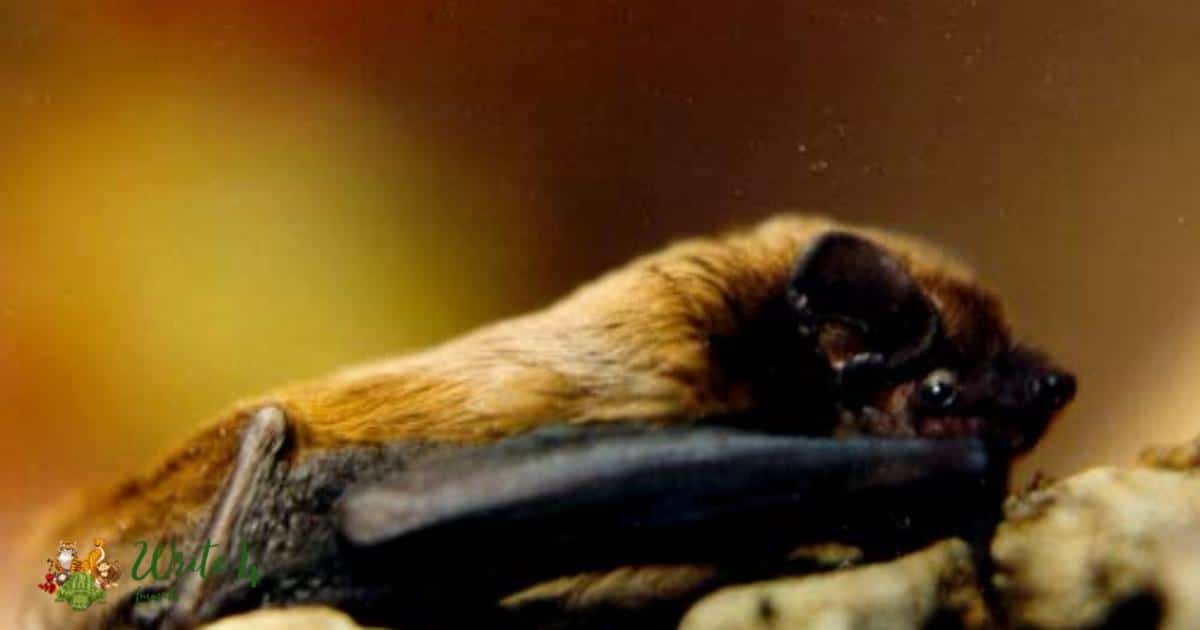
Despite their ecological importance, Sicilian noctules face threats from habitat destruction, disturbance at roosting sites, and pesticide exposure.
Conservation efforts focused on habitat preservation, roost site protection, and public education are crucial for ensuring the continued presence of this iconic Sicilian animal.
14. Apennine Yellow-Bellied Toad (Ululone Appenninico)
The Apennine yellow-bellied toad, endemic to the mountainous regions of central Italy, is a species of amphibian characterized by its vibrant yellow underside.
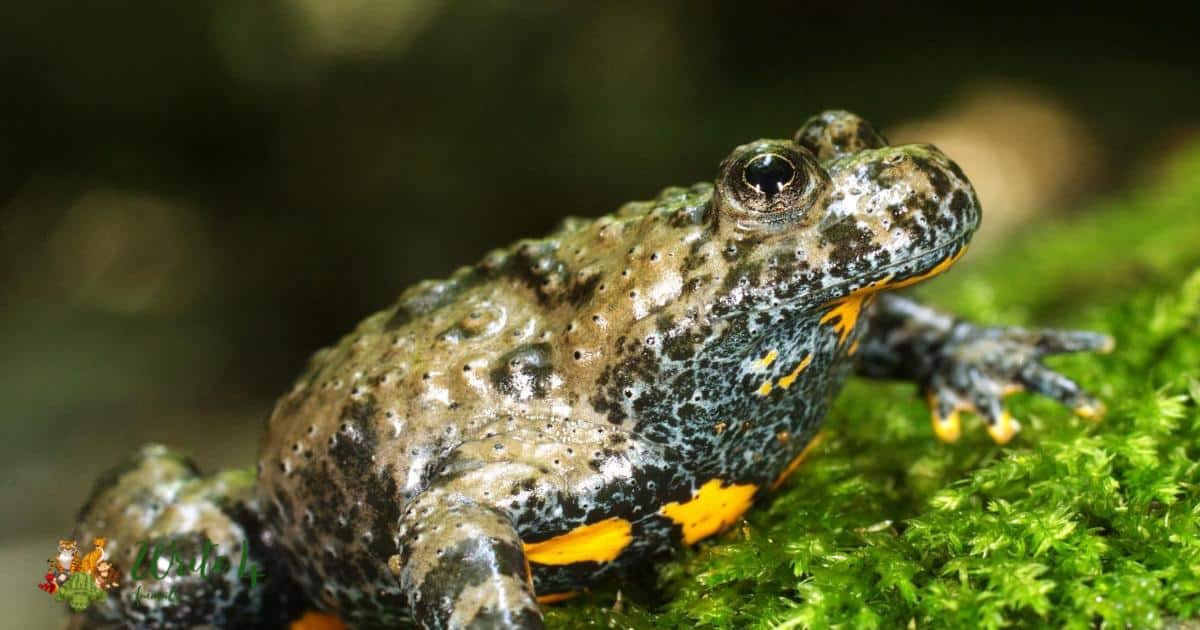
Inhabiting streams, rivers, and alpine meadows, these toads play a crucial role in freshwater ecosystems as indicators of environmental health. However, they face threats from habitat destruction, pollution, and climate change.
Conservation efforts focused on habitat preservation, water quality improvement, and population monitoring are essential for ensuring the continued presence of this unique Italian animal in its native habitat.
15. Sardinian Brook Newt (Triturus Sardus)
Endemic to the island of Sardinia, the Sardinian brook newt is a species of amphibian found in the island’s freshwater habitats. With its striking coloration and intricate patterns, these newts add to the biodiversity of Sardinia’s aquatic ecosystems.
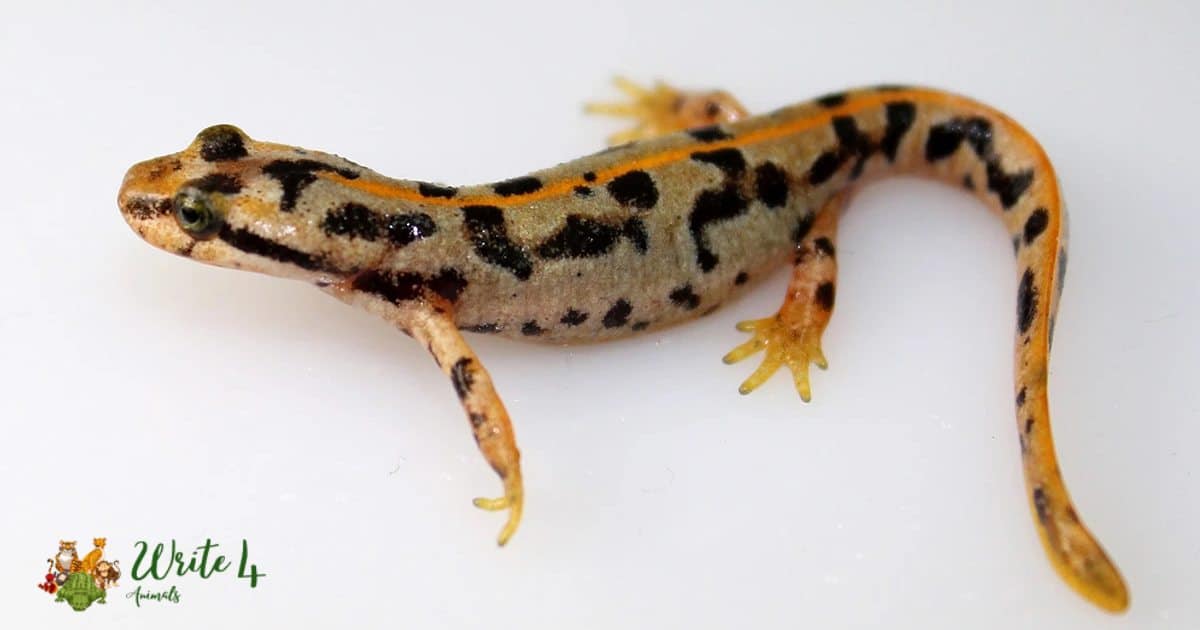
Despite their ecological importance, Sardinian brook newts face threats from habitat degradation, pollution, and invasive species.
Conservation efforts aimed at habitat preservation, water quality management, and population monitoring are crucial for safeguarding the future of this endemic Italian animal.
Recommended
1. Baby Platypus | what is a baby platypus called
2. 15 animals that live on mountains | Mountain animals
